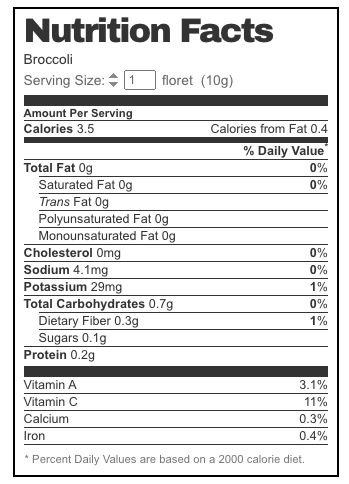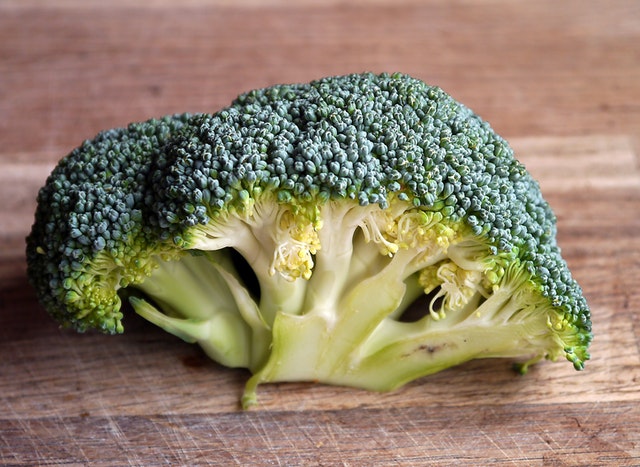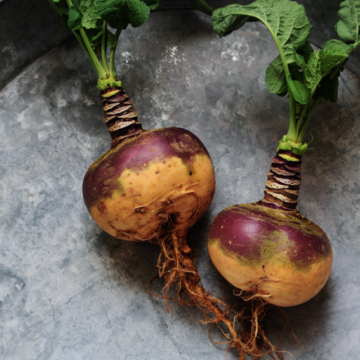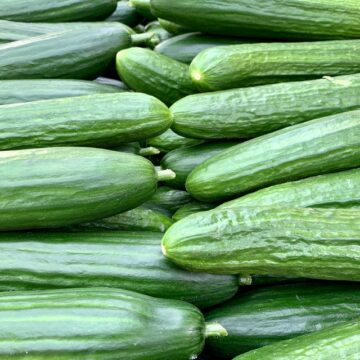You may be wondering if your dog can eat broccoli. It can be a very nutritious food, but how do you prepare it for your dog? Read this article to learn how to prepare broccoli for your dog and whether it’s safe for your dog to eat. It will also answer questions like: What is broccoli?, how to prepare it for your dog, and can dogs eat broccoli? Let’s get started!
What is broccoli?
What is broccoli? Broccoli is a cruciferous vegetable. It is a member of the cabbage family and is usually eaten as a flowering head. The stalk is highly revered in Asian cuisine. Broccoli has a high fiber content, which helps prevent constipation and promotes normal tissue growth. It is also an excellent source of vitamin C and iron. Broccoli can be eaten raw, cooked or steamed.
Broccoli has many varieties, and many people call them ‘little trees.’ The vegetable has a green stalk topped with a dark, flowering head. It is surrounded by gray-green leaves, which are edible.
The name “broccoli” means ‘little arms’ in Italian, where it originated. Broccoli is low-maintenance and easy to prepare – all you have to do is chop, slice, saute, or stir-fry.
Broccoli can be purchased year-round in most supermarkets. Select one with closed green florets and a firm stalk. Avoid broccoli with yellow-colored open florets, bruised stalks, or soft, slippery stems.
To make grocery shopping easier, you can order your favorite broccoli at Instacart. Just specify the type of broccoli you want, your location, and directions, and they’ll deliver it right to your door.
Broccoli is a nutritious vegetable and a great way to start a healthy lifestyle. Its high fiber content, vitamins, and minerals make it an excellent choice for the entire family.
And while it’s often boiled or steamed, it can also be eaten raw. There are several varieties of broccoli, including calabrese, which is named after the Italian province of Calabria.
Its green flowering head and thick stalks are considered “Calabrese broccoli,” while sprouting broccoli is a cross between cauliflower and broccoli with a mild taste.
It’s important to grow your broccoli in a cooler climate, as it develops more quickly in cool weather. Broccoli should be planted in the spring and harvested once the flowering heads are closed.
Some varieties of broccoli require peeling the stalk while others only use the florets. Whatever part of the plant you plan to cook, broccoli is delicious and nutritious. And the leftover stems are even edible! Use them for soup!
Nutritional benefit of broccoli to a dog’s diet?

A good source of vitamin B3, broccoli is a great addition to your dog’s diet. It also provides various other nutrients, but it is particularly beneficial to your dog’s heart and skin. Broccoli also contains oleic acid, which is an effective anti-inflammatory which is also beneficial to the heart. Finally, Broccoli is also rich in potassium, which helps regulate heart rate.
Broccoli is an excellent source of high-quality protein containing 18 different amino acids. It also contains fiber, which helps regulate digestion, reduces the risk of high blood sugar and helps extract cholesterol from the body.
You can feed your dog broccoli, but make sure to cut the stalks into bite-sized pieces, especially if your dog is from a small breed to avoid any risks of chocking. This way, it is easier to determine how much broccoli your dog needs. If your dog has a gastroenteritis condition, do not give him broccoli treats.
Broccoli has an isothiocyanate, which may cause gastrointestinal upset. So, make sure to clean your dog’s bowl thoroughly before giving him broccoli.
Although most dogs don’t experience severe allergic reactions to broccoli, it is still best to introduce it gradually, while being vigilant to watch for any negative reactions. It should be considered a treat, and not a staple food.
However, if your dog does have any problems with diarrhea, you may want to consider giving it a few broccoli treats every now and then. It is essential to remember to monitor your dog’s potassium levels before introducing broccoli to his diet.
Despite its high nutritional value, broccoli is not recommended for dogs that are allergic to most vegetables, and should not be given to them in large quantities. It is still advisable to consult your veterinarian before feeding your dog broccoli.
It is best to avoid feeding your dog broccoli that has been cooked in garlic or butter, which can cause indigestion in dogs. And don’t forget to wash the broccoli thoroughly before giving it to your dog.
While it’s important to remember that individual dogs react differently to different foods, broccoli is generally beneficial for your dog’s health. Small dogs with digestive problems should only include small amounts of broccoli to ensure he doesn’t become constipated.
Broccoli contains antioxidants, which help fight free radicals and boost the immune system. Broccoli is also rich in vitamin A and C, which are crucial for an efficient immune system.
How do you prepare broccoli for a dog?
If you have a puppy and are wondering how to prepare broccoli for your pet, the first thing you need to know is that dogs have different nutritional needs than humans.
A dog’s stomach is different from yours and broccoli can cause digestive distress if not prepared properly. As a result, you should make sure that you only give your dog small pieces of broccoli. You can also microwave the broccoli for 2 to 3 minutes.
While broccoli is a healthy food for both people and their pets, you should not overfeed your dog. Broccoli is high in fibre, and too much can cause your pet to have stomach problems or gas.
Broccoli also contains a chemical called isothiocyanate, which can irritate your dog’s digestive system. In small amounts, this toxin won’t harm your dog, but too much can cause a digestive problem.
It’s important to keep in mind that broccoli is an excellent treat for your dog, and you’ll be doing your dog a big favor by offering it a delicious and healthy meal. Just like humans, dogs also have varying tastes, and so you should remember to cut up broccoli before giving it to your dog. Try to avoid adding any additional ingredients, seasoning, or oils. Instead, use frozen broccoli.
It’s important to remember that the stalks of broccoli can pose a choking hazard if given to your dog in large pieces. To minimize the chances of choking, it’s best to serve the vegetable cut into small pieces.
Alternatively, steam it, as this keeps more of the fiber and poses less of a choking hazard than raw. And don’t forget to remember that you should never leave stems or leaves of broccoli for your dog to eat.
Whether you’re wondering how to prepare broccoli for a dog, it’s best to consult a vet first. Most dogs are fine with consuming raw or cooked broccoli, but if you don’t want your dog to have allergies or digestive issues, you can leave them out altogether.
In addition to being safe for your dog to eat, broccoli can help slow down the effects of joint damage in dogs, which is especially important if your dog is a working dog.
Is broccoli good for dogs?

If you’re wondering, “Is broccoli good for dogs?” then you have come to the right place! Broccoli is safe for dogs, but make sure to avoid overdoing it. Try to limit your dog’s broccoli consumption to 10 percent of its daily calorie intake. And don’t add any salt or other seasonings! And don’t forget to always steam your broccoli first!
Besides, the florets in broccoli are much more nutritious than the stalks! You can prepare broccoli for your dog in the same way you would, but remember to avoid seasonings or additives that may make it smelly.
The amount of broccoli your dog can eat each day depends on its size, but don’t give your pet more than 10 percent of his daily calorie intake. In addition, make sure you start slowly and monitor your pup for any signs of upset stomach. If you notice any of these signs in your dog, discontinue the broccoli feeding. T
he best way to introduce broccoli to your dog is by mixing it with other veggies and letting your pet choose the amount that they enjoy.
Broccoli contains isothiocyanates, which can cause gastrointestinal distress in dogs. To avoid this problem, make sure your dog is fed only small amounts for the first few days. For example, a cup of broccoli has 21% of the daily fiber requirement of humans. While a dog’s digestive system doesn’t require as much fiber as humans, a single cup of broccoli may be too much to tolerate.
It’s important to remember that dogs don’t need large amounts of vegetables and fruits. Even if you’re feeding your dog a small amount of broccoli, it will have many health benefits for him.
Broccoli has high levels of vitamin C, but broccoli isn’t the best choice for large quantities of the vegetable. Broccoli also contains high levels of vitamin K and is rich in antioxidants. These nutrients help your dog’s body fight free radicals and fight disease.
If your dog likes broccoli, you can give him a small portion either raw or cooked. However, remember to feed your dog a small amount because a large piece may cause choking risk.
Don’t serve broccoli in large pieces, as it could result in an intestinal blockage. And remember to monitor your dog closely while feeding him. You might even consider giving him a small piece of broccoli to chew on.
If in doubt, always consult your vet!








